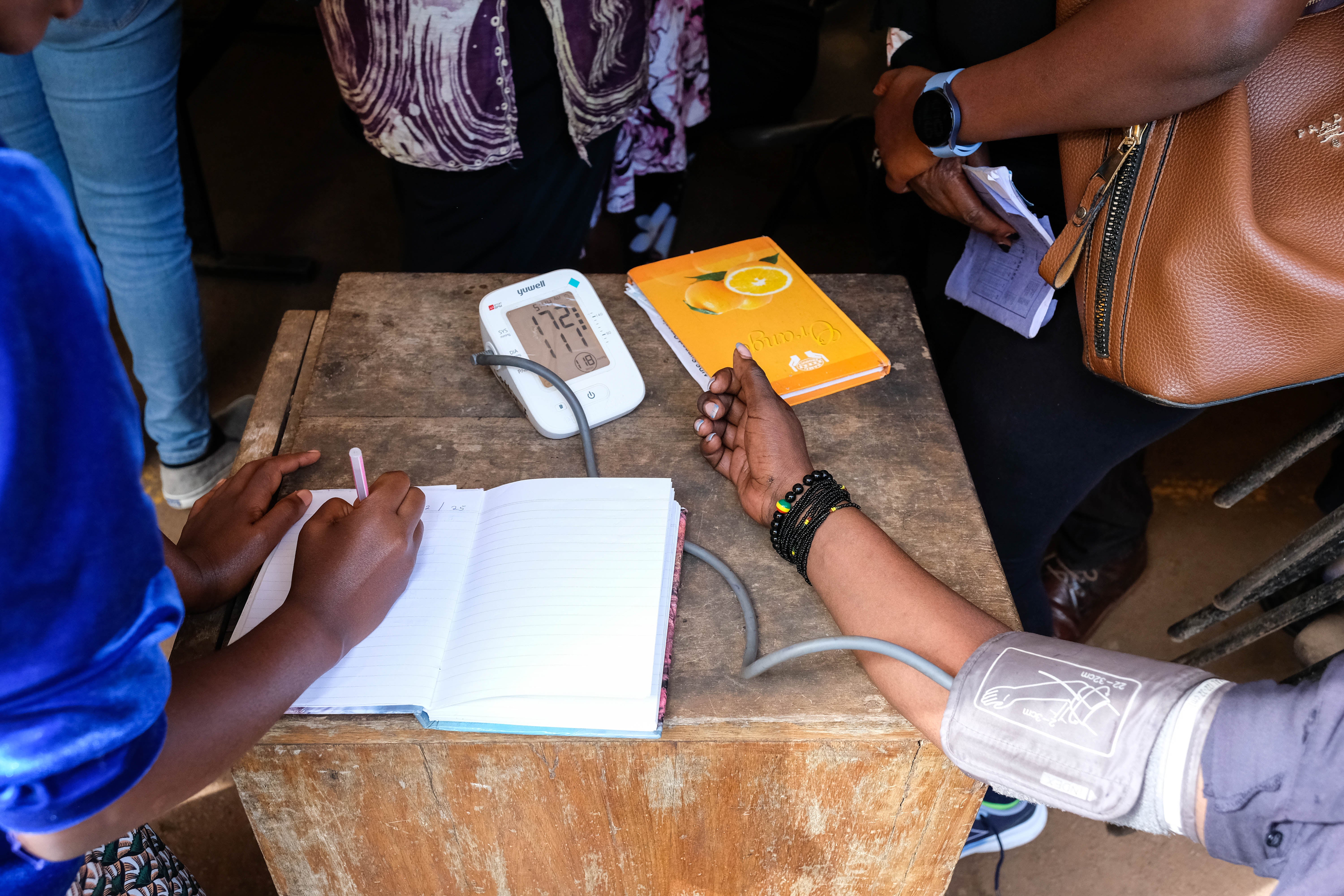A potential new treatment could cut high blood pressure by 15 points within days, a new clinical trial suggests.
The drug, named lorundrostat, could treat uncontrolled or treatment-resistant hypertension, say researchers from the University of California, San Diego.
In the trial, scientists found that participants who received lorundrostat experienced an average 15-point reduction in systolic blood pressure – the upper number in a blood pressure reading – compared to a 7-point reduction in those given a placebo.
The trial enrolled 285 participants, including UC San Diego Health patients, and was carried out in collaboration with the Cleveland Clinic Coordinating Center for Clinical Research.
Hypertension is one of the leading causes of heart disease and related deaths across the world, but high blood pressure usually does not show any signs or symptoms.
Previous studies have shown that the hormone aldosterone plays a crucial role in regulating the body’s blood pressure, and when it is dysregulated, it can contribute to hypertension.
“We were specifically studying a new approach to addressing imbalanced aldosterone, which is an often under-recognized cause for treatment-resistant hypertension,” said Michael Wilkinson, an author of the study.

Over 12 weeks, all participants received a standard antihypertensive medication, while additionally, 190 received a measured amount of lorundrostat, which stops aldosterone production.
The other 95 participants received a placebo.
“All participants used the same standardised medications for their blood pressure for the first three weeks of the trial before beginning the drug or placebo, which allowed us the opportunity for a baseline and to truly understand the effectiveness of the treatment,” Dr Wilkinson explained.
Researchers found that treatment lowered participants’ systolic blood pressure compared to placebo.
Those who received lorundrostat saw their systolic blood pressure levels drop, on average, by around 15 units.
“While blood pressure readings remained elevated at the end of this trial in some participants treated with lorundrostat, we find these results promising because almost all participants involved in the study were not able to sufficiently lower their blood pressure with medication before,” Dr Wilkinson said.
“As we learn more about the safety and efficacy of this treatment, I’m hopeful we will identify a useful tool in addressing high blood pressure for patients in need,” he said.
In subsequent trials, researchers hope to assess the drug’s efficiency in lowering blood pressure in a more diverse patient population and find if it could lead to a better treatment for hypertension.









